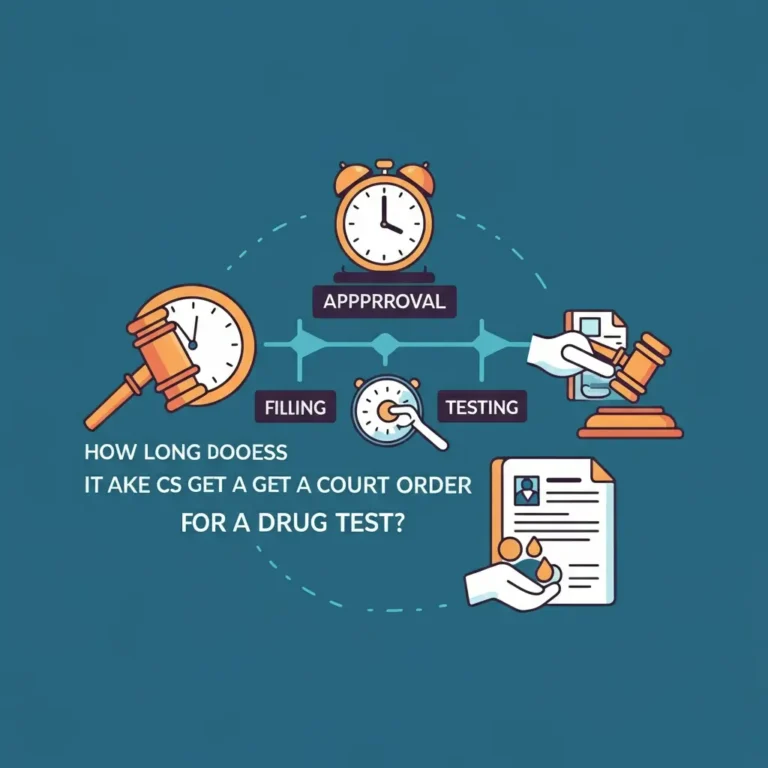How Long Does It Take to Remove a Trustee
Eliminating a trustee is often challenging, sensitive, and multi-faceted—particularly when finances or family ties come into play. If you are in the midst of dealing with this problem, educating yourself on the basic approach, timeline, and legal details is critical. This article sheds light on the main aspects and factors that need to be addressed in regard to the withdrawal of a trustee, depicting the process and time estimate one would need to comprehend.
Table of Contents
Introduction to Trustee Removal
A trustee is a person or organization given the authority to take care of a trust’s property and look after the trust’s assets for the benefit of the beneficiaries. Although trustees are supposed to act in the best interests of the beneficiaries, there are instances where trust administration conflicts with such expectations. In cases when this happens, the trustee shall be removed and replaced. This task may be both simple and complex at the same time, depending on many different aspects.
Reasons for Removing a Trustee
Trustees can be removed for several reasons, including:
- Breach of fiduciary duty (e.g., misusing trust funds or failing to manage investments prudently)
- Conflict of interest or failure to act impartially
- Poor communication with beneficiaries
- Ignoring the terms outlined in the trust document
- Demonstrated incompetence in handling the trust’s assets
- Dishonesty or fraud
Addressing these issues quickly ensures that the trust objectives are safeguarded for the intended beneficiaries.
How Long Does It Take to Remove a Trustee?
The time required to remove a trustee depends largely on the circumstances and the chosen approach. On average, it can take anywhere from a few weeks to over a year. Here are some general guidelines:
- Voluntary removal: If a trustee agrees to step down, the process can be completed within weeks.
- Negotiated removal: When disputes are resolved outside of court, the process might take 1 to 3 months.
- Court-ordered removal: If the situation requires legal proceedings, the timeline extends from 6 months to over a year, especially if the case is contested.
Legal Grounds for Trustee Removal
To successfully remove a trustee, evidence must demonstrate one or more legal justifications. Each jurisdiction provides specific criteria, but typical grounds include:
- Breach of fiduciary duty
- Proven mismanagement of trust assets
- Conflicts of interest
- Incapacity, death, or demonstrated incompetence of the trustee
What Happens During the Removal Process?
The exact process for removing a trustee includes several key steps:
- Review the Trust Document: Begin by consulting the terms outlined in the trust document to determine removal guidelines.
- Gather Evidence: Beneficiaries must often prove misconduct or incompetence with documentation, such as financial records.
- Petition the Court: If removal cannot be resolved amicably, legal proceedings may be required. Beneficiaries or co-trustees can submit a formal petition.
- Court Examination: The court examines evidence and hears from all relevant parties before issuing a ruling.
- Appointment of New Trustee: Following removal, a replacement trustee is chosen according to the trust document or court order.
The Role of Beneficiaries in a Trustee’s Removal
Beneficiaries hold a key role in initiating trustee removal. They must:
- Address any concerns directly with the trustee whenever possible.
- File a petition for trustee removal if the situation escalates.
- Provide evidence of malpractice or incompetence to substantiate claims.
How Documents and Evidence Impact the Timeline
The availability of evidence can significantly influence the speed of trustee removal. Examples of key evidence include:
- Bank statements, investment records, and invoices that demonstrate improper financial management.
- Correspondence showcasing negligence, dishonesty, or a breakdown in communication.
Can a Trustee Voluntarily Step Down?
Yes, a trustee can voluntarily resign. This generally involves:
- Submitting written notice as outlined in the terms of the trust.
- Coordinating with beneficiaries or co-trustees to ensure a smooth transition.
- Providing a full accounting of trust activities.
Voluntary resignation often simplifies and accelerates the trustee-removal process.
How Courts Handle Disputes Over Trustees
If disputes escalate to the legal system, courts evaluate evidence to determine if removal is justified. Notably:
- The court prioritizes trust beneficiaries’ best interests.
- Disputes involving large or mismanaged assets may require extended court hearings.
- Expert witnesses or forensic accountants may be called to testify.
Collaborative Solutions vs. Legal Action
Litigation is not always necessary. Collaborative solutions, such as direct negotiations or mediation, can resolve disagreements more efficiently. Mediation is particularly beneficial when relationships between beneficiaries and trustees must remain amicable.
Factors That Affect How Long the Process Takes
The timeline for trustee removal varies by situation due to factors including:
- The cooperation level of the trustee
- The complexity of trust terms
- The severity of the allegations
- Jurisdictional differences in legal processes
- Availability of evidence
Costs Associated with Trustee Removal
Removing a trustee may involve direct and indirect costs:
- Attorney fees: Prepare for financial obligations tied to legal representation.
- Court filing fees: Necessary for petitions filed in court.
- Time-related costs: Lengthy disputes can delay asset distribution.
The Role of Estate Attorneys in Trustee Removal
Estate attorneys play an essential role in ensuring trustee removal is handled correctly. Their responsibilities include:
- Reviewing the trust document to ensure compliance.
- Collecting evidence and building a compelling case.
- Representing beneficiaries in court or during mediation discussions.
Preventing Trustee Mismanagement in the Future
To minimize future challenges:
- Include clear removal guidelines in trust documents.
- Appoint co-trustees to balance oversight responsibilities.
- Select a trustee with a proven track record of reliability and neutrality.
FAQs About Trustee Removal
How long does it take to remove a trustee?
The process can take anywhere from several weeks to over a year, depending on factors like cooperation and legal requirements.
Are there legal grounds to remove a trustee?
Yes, evidence like a breach of fiduciary duty or incompetence can justify removal.
Can a trustee be removed without going to court?
Yes, trustees may voluntarily resign, or removal can be negotiated outside of court.
How much does it cost to remove a trustee?
Costs vary widely depending on court fees, attorney involvement, or potential mediation expenses.
Who can file for the removal of a trustee?
Beneficiaries, co-trustees, or other interested parties may petition the court for a trustee’s removal.







